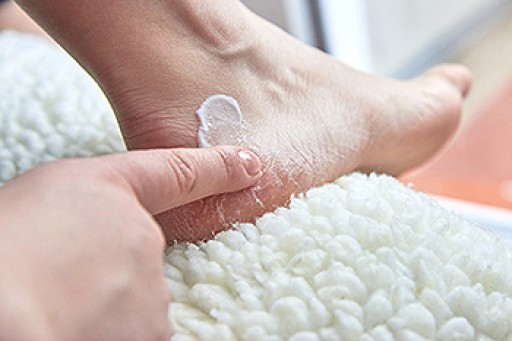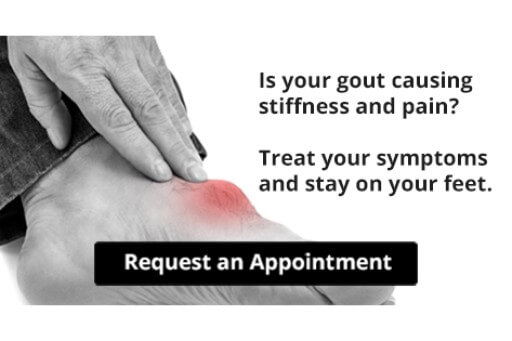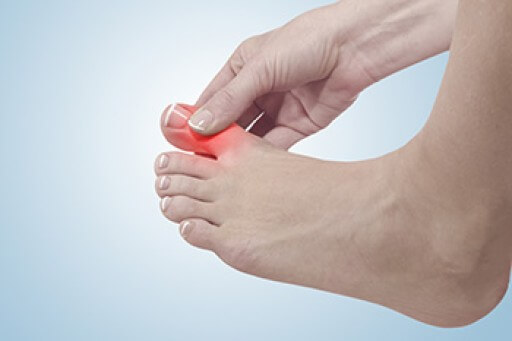
Cracked heels, a common foot condition, can escalate into heel fissures if not properly treated. Initially appearing as dry, flaky skin on the edge of the heel, these cracks can deepen, becoming painful fissures. Heel fissures occur when the skin around the heel is dry and thickened, often exacerbated by factors such as walking barefoot, excessive standing, or wearing open backed shoes. The pressure on the heels from daily activities can cause the skin to split, leading to fissures. These can be more than just a cosmetic concern, especially for individuals with diabetes or compromised circulation, as they may lead to serious infections. Preventative measures include regularly moisturizing the feet, avoiding harsh soaps, and wearing shoes that cushion the heels. If you have a severe case of cracked heels it is strongly suggested that you schedule an appointment with a podiatrist who can provide more advanced treatment. This can include removing the hard skin and potentially using specialized heel dressings or strappings that can allow the area to heal properly and prevent complications.
Cracked heels are unsightly and can cause further damage to your shoes and feet. If you have any concerns, contact the podiatrists from Boston Common Podiatry. Our doctors can provide the care you need to keep you pain-free and on your feet.
Cracked Heels
Cracked heels appear unappealing and can make it harder for you walk around in sandals. Aside from looking unpleasant, cracked heels can also tear stockings, socks, and wear out your shoes. There are several methods to help restore a cracked heel and prevent further damage.
How Do You Get Them?
Dry skin is the number one culprit in creating cracked heels. Many athletes, walkers, joggers, and even swimmers suffer from cracked heels. Age and skin oil production play a role to getting cracked heels as well.
Promote Healing
Over the counter medicines can help, especially for those that need instant relief or who suffer from chronic dry feet.
Wear Socks – Wearing socks with medicated creams helps lock in moisture.
Moisturizers – Applying both day and night will help alleviate dryness which causes cracking.
Pumice Stones – These exfoliate and remove dead skin, which allows for smoother moisturizer application and better absorption into the skin.
Change in Diet
Eating healthy with a well-balanced diet will give the skin a fresh and radiant look. Your body responds to the kinds of food you ingest. Omega-3 fatty acids and zinc supplements can also revitalize skin tissue.
Most importantly, seek professional help if unsure how to proceed in treating cracked heels. A podiatrist will help you with any questions or information needed.
If you have any questions, please feel free to contact our office located in Boston, MA . We offer the newest diagnostic and treatment technologies for all your foot care needs.










